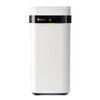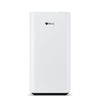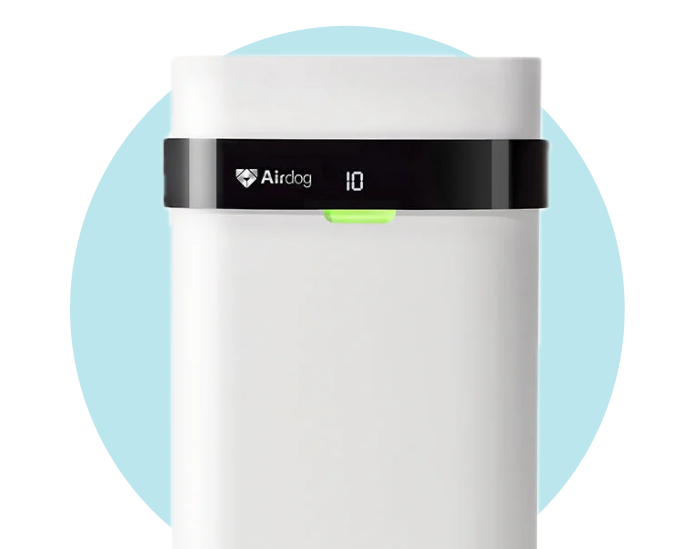Mold Inspection 101: How to Spot, Test, and Prevent Mold in Your Home
Understanding Mold and Its Risks
Mold is a naturally occurring fungus that thrives in damp conditions and spreads through microscopic spores. While it plays a role in nature by breaking down organic matter, mold inside your home is a very different story. Mold growth indoors can damage building materials, worsen allergies, and pose serious health risks.
When left unchecked, mold can trigger symptoms like headaches, coughing, skin irritation, and respiratory problems. People with weakened immune systems are especially vulnerable to mold exposure, including toxic mold that may produce mycotoxins. Mold can even compromise the structural integrity of your house—turning what starts as a small leak or patch of moisture into a much bigger problem.
Identifying Mold Problems
The first sign of a mold problem is often visible mold—discoloration or fuzzy patches on walls, ceilings, or surfaces. You may also notice musty odors, which often point to hidden mold.
Mold can grow in areas you can’t easily see, such as air ducts, behind drywall, or under flooring. Anywhere with high humidity, water damage, or poor ventilation is at risk. A professional mold investigation helps pinpoint the source of the issue, even when it's not immediately visible.
The Role of a Mold Inspector
A professional mold inspector brings the knowledge and tools necessary to detect mold—even when it's hidden from sight. Unlike a basic home inspector, a mold inspector uses advanced techniques like moisture meters, thermal imaging, and humidity readings to determine where mold is growing.
Hiring someone who specializes in mold inspection and mold testing services ensures that nothing is missed. They’ll assess the environmental conditions, document findings, and help you understand what type of remediation—if any—is needed.
The Mold Inspection Process
A typical mold inspection starts with a detailed visual examination of the house. The inspector may inspect attics, basements, bathrooms, and other locations where moisture problems are common.
Tools like moisture meters, flashlights, and thermal imaging cameras help detect hidden moisture behind surfaces. The property owner will be asked about recent leaks, flooding, or excess moisture concerns. If signs of mold are found, the next step may involve surface sampling or air samples to determine the specific type of mold and its concentration.
Mold Testing and Analysis
Mold testing is often performed alongside the inspection and includes two main techniques: air sampling and surface sampling.
-
Air sampling captures air from both indoor and outdoor areas to collect air samples for comparison.
-
Surface sampling is used to test visible growth on walls, ceilings, or furniture.
Both methods rely on lab analysis to confirm the presence of spores and identify the mold type. Accurate testing can uncover hidden problems, even in rental properties or newer homes, and provides a clearer picture than visual inspection alone.
Finding and Hiring a Mold Inspector
Choosing the right mold inspection professional is essential. Look for inspectors with experience, certifications, and positive reviews. Some states require licensing, so check with your local health department or labor agency.
Get multiple quotes, ask about experience with mold remediation, and ensure the inspector offers a full range of services, including testing, analysis, and follow-up support.
The Cost of Mold Inspection and Testing
On average, a mold inspection for a small to medium-sized house costs between $300 and $400. Larger homes or more complex inspections may range from $700 to $900. Keep in mind that mold testing—including surface sampling and air samples—is not always included in the base price.
Although the upfront cost may seem high, early testing and inspection can save thousands in repair costs by catching mold contamination before it spreads.
Benefits of Mold Inspection and Testing
There are many benefits to proactive mold inspection and testing:
-
Identifies hidden mold problems early
-
Helps prevent serious health issues linked to spores
-
Provides peace of mind when buying or selling a house
-
Reduces the cost and complexity of future remediation
For homeowners and renters alike, mold testing is a smart investment in long-term wellness and home preservation.
Preventing Future Mold Growth
The best way to handle mold is to prevent it. Here are a few easy steps:
-
Repair any leak or water damage promptly
-
Maintain low indoor humidity (below 50%)
-
Use exhaust fans in kitchens and bathrooms
-
Inspect regularly for signs of mold growing
-
Consider an air purifier to help reduce mold spores in indoor spaces
High-performance air purifiers, like those from Airdog, can filter and destroy airborne spores before they settle and spread. Unlike traditional HEPA systems, Airdog’s washable filtration captures pollutants as small as 0.0146 microns—ideal for controlling indoor mold growth.
Next Steps After a Mold Inspection
If mold is found, the next step is remediation. This involves:
-
Identifying and fixing the moisture source
-
Cleaning hard surfaces or replacing porous materials
-
Hiring a professional if the contamination is extensive
After remediation, continue monitoring moisture problems and consider routine inspection to avoid future issues. Even if your report comes back with negative findings, regular checks protect both your health and your building.
Breathe Better with Airdog
Keeping your home free of mold takes vigilance, but you don’t have to do it alone. Combine professional mold inspection with cutting-edge air quality technology from Airdog to reduce spores, allergens, and pollutants in the air you breathe.
Whether you're dealing with a known mold problem or simply want peace of mind, Airdog’s advanced air purifiers are here to help you breathe cleaner, safer air every day.





